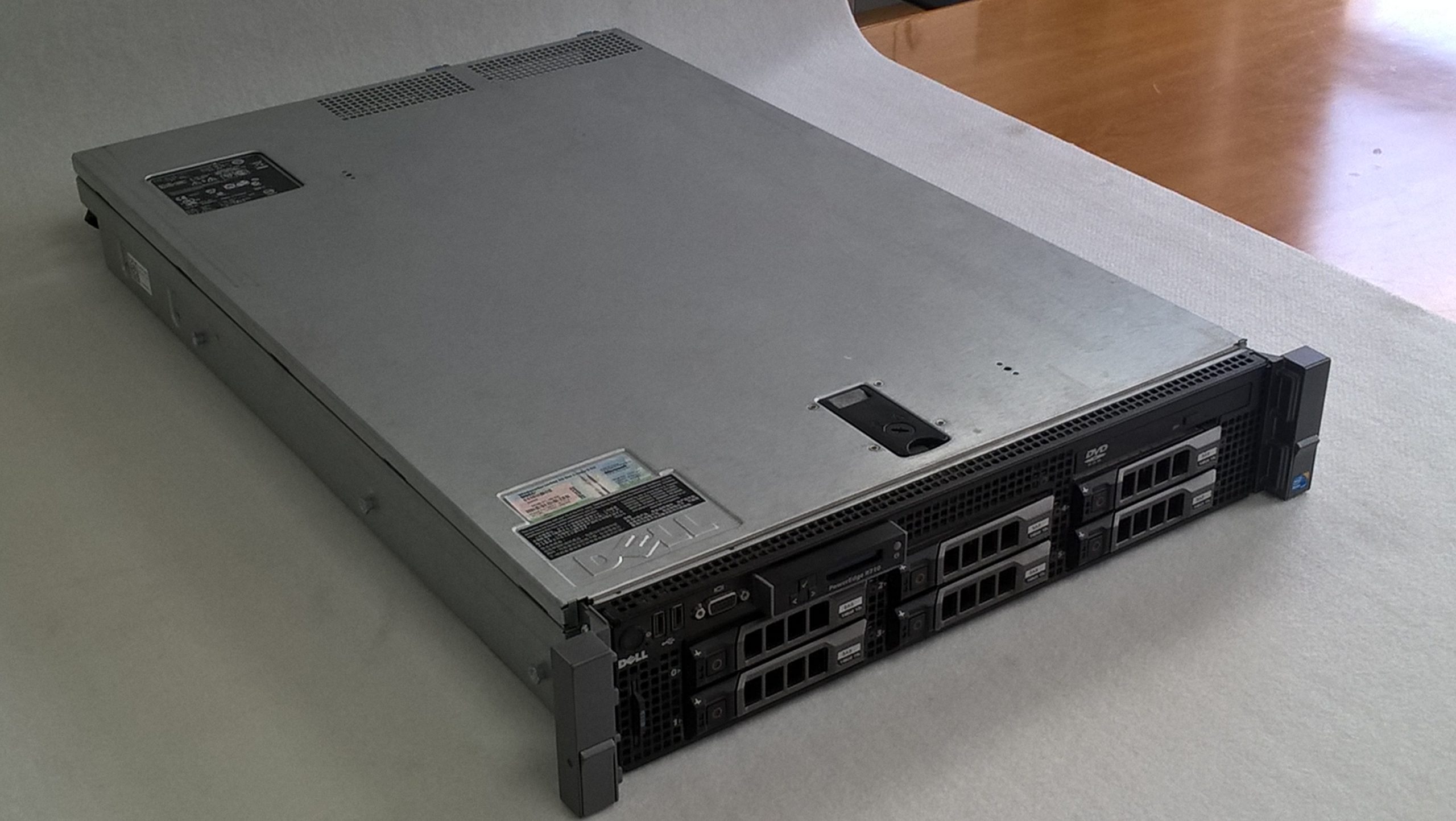Troubleshooting malware Removal: A Persistent Trojan Threat
Dealing with malware can be an incredibly frustrating experience, particularly when seemingly effective solutions fail to resolve the issue. This post dives into the persistent presence of the Trojan:HTML/CryptostealBTC and offers guidance for those struggling to eliminate it from their systems.
The Challenge
Many users find themselves in a situation where despite multiple attempts at malware removal, a specific threat continues to resurface. This is the case for the Trojan:HTML/CryptostealBTC, a piece of malware that is not only challenging to remove but can also remain undetected by some antivirus programs.
Initial Attempts at Removal
In many instances, individuals will start with built-in solutions like Windows Defender, hoping for a straightforward fix. Unfortunately, even after conducting several scans, as reported by a user who tried twice without success, the Trojan persists, showing up as active upon rescanning.
Additionally, some may turn to third-party programs like Malwarebytes and AVG. However, it’s not uncommon for these tools to overlook certain infections, leaving users in a lurch with malware still lurking on their devices.
Understanding the Location of Infected Files
For those trying to tackle this malware, knowing where to look for the infected files is crucial. In this case, the Trojan was located at:
C:\Users\User\AppData\Local\Steam\HtmlCache\Code Cache\Js\319515F339BAA15F_0
This path indicates that the Trojan likely resides within the cache of the Steam application, which can complicate removal due to the interaction with other application files.
Steps to Take
If you’re facing similar difficulties in removing the Trojan:HTML/CryptostealBTC, here are some steps you might consider:
-
Boot in Safe Mode: Restart your computer in Safe Mode to limit the number of active processes. This can give you a cleaner environment to work in.
-
Use a Different Antivirus Program: If Windows Defender hasn’t worked for you, try using a different well-rated antivirus or antimalware tool. Tools like Kaspersky, Bitdefender, or ESET can sometimes catch threats that others miss.
-
Manually Delete Infected Files: If you’re comfortable with it, navigate to the file path mentioned above and see if you can delete the infected files manually. Ensure you have a backup before making any changes.
-
Consult Technical Support: If the problem
Share this content:



